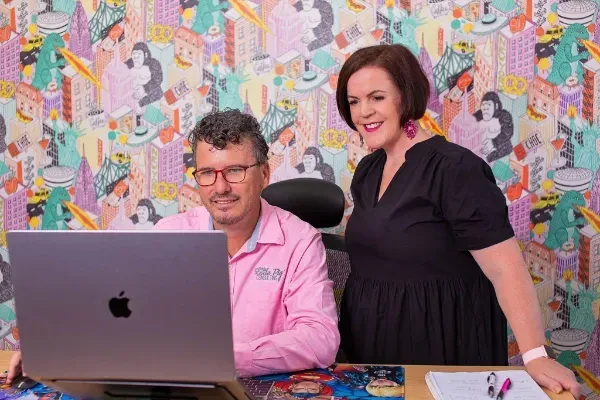Team Management for Business Productivity: Part Three
Clayton Menyweather • September 1, 2020
There are literally pages and pages and pages of hints and tips about managing staff on the internet. We have taken the best advice from these and rolled it into this three part series blog. Here is part THREE.
9 | Try to see things through the eyes of others
Easier said than done, I know. But there may be reasons why a certain person is hard to manage. Has he or she always been this way, or may new external factors be contributing? Is there anything in your own management style that could be triggering an oppositional response? Are you unnecessarily micromanaging people and unaware you’re doing it? If you can look at a problematic situation holistically and gain insights into why someone is acting the way he or she is, that can lead you to a constructive solution.
10 | Get help when you need to
This is an easy step, but often neglected. If you work in an organisation of any size, help is everywhere. Get perspective on a difficult employee from someone whose judgment you trust. This could be anyone: a Human Resources contact, a mentor, a business consultant or a colleague. Seeking opinions when employee issues isn't a sign of weakness. It's sensible judgment.
11 | Set clear measurable job objectives
This is so it's a matter of fact and not debatable whether or not your employees have reached their performance targets.
Objectives are important in the management process, because well-conceived targets are so valuable and often so neglected. Why would you not want to have crystal-clear goals that you and your employees could refer to often to make sure they're on track? It makes evaluating performance more concrete and less nebulous. When a problematic employee isn't achieving goals, you have something totally tangible to discuss. It is easier to argue data than opinion.
12 | Think in terms of assets and liabilities
Does a problematic employee still add real value to the organisation? Some of the most brilliant people can be very difficult - uneven collaborators who like to do things their own way. But the benefits they bring to the company can outweigh the problems they cause. So, they are clearly assets.
If on the other hand they become so disruptive that their accomplishments are far outweighed by the problems they cause, then they'd be liabilities, and it would be time to let them go. (Always work closely with Human Resources, of course, to be sure terminations are handled in the right way.) Is this a perfect, nuanced lens through which to view employee performance? Maybe not. But it can help bring some clarity to the "fog of business”.
Don't stop here, check out our other consulting blogs or check out our marketing blogs if you'd like to learn more! If you've found this helpful for your business, you may find a business coach & consultant like Clayton a match for you business. Find out today by booking a FREE 45min consultation.




